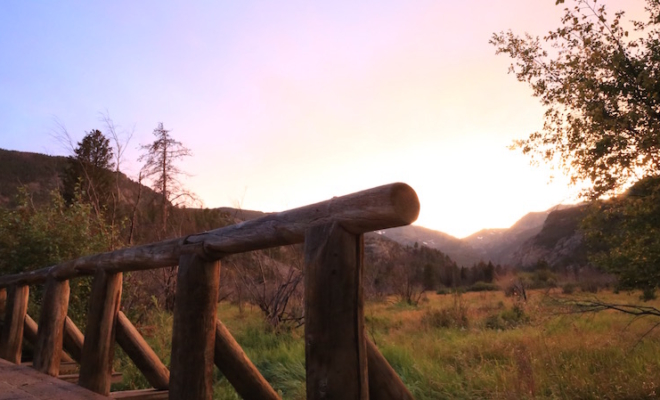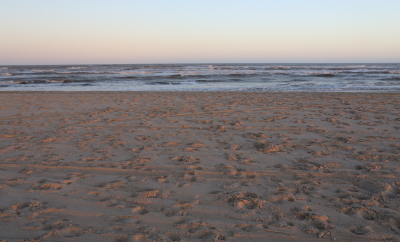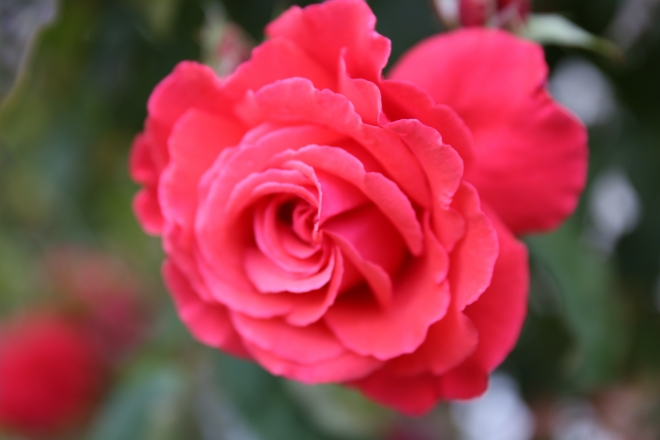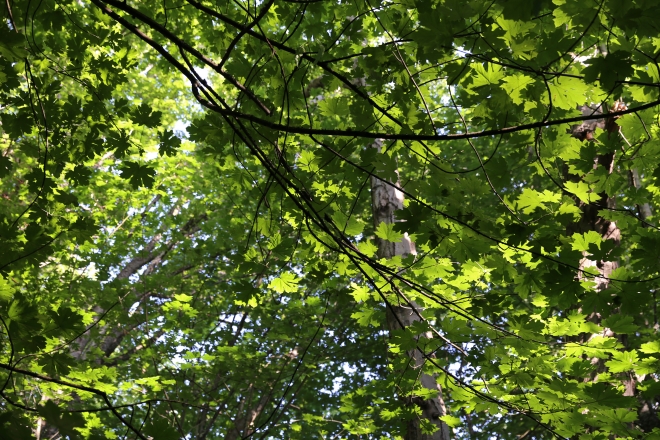
Mindfulness
What Meditation Is
Many novice practitioners operate under the assumption that meditation is a silent exercise done in a temple on a mat in the lotus position where thoughtlessness is the cultivated state of being. The first and most important thing to understand is that you can meditate anytime, anywhere, and that the process and goal of meditation are not thoughtlessness per se but rather undivided attention in the here and now on whatever the object of meditation happens to be.
With meditation there is always an object. It might be your breathing, it might be a thought, it might be an activity. We can think of the cultivation of thoughtlessness as an exercise that occurs early on in the practice of meditation. That thoughtless state of being is not the end goal but rather a prerequisite for letting the right thoughts in through first emptying the mind of distracting thoughts, of what we could call the ‘wrong’ thoughts in that they arrive uninvited and are not the object of meditation but the diversion from it.
We make ourselves empty so that we may become full. In the case of an advanced practice of meditation this fullness occurs when we merge with our object of meditation in order to become one with it while at the same time remaining aware of ourselves as separate entities. Many of us experience this oneness, this merging, what we might call a state of flow, when we engage in activities we love and have worked hard to get good at. It’s an exhilarating feeling to be totally present and focused on the activity in front of us. There’s no boredom in that state of being, no real awareness of time passing us by but instead just awareness of what we’re doing in the moment.
The above is a state of meditation. The goal of devoting ourselves to the practice of meditation is to make that state of being the norm rather than the exception, it’s to cultivate mindfulness throughout the day and with all our various activities. Meditation is bringing that here and now focus to the aspects of life we may have come to view as mundane, aspects like interacting with loved ones after work, doing the dishes, or going for a walk. Of course meditation can also be sitting silently in the shape of a pretzel contemplating the meaning of the universe. But we do ourselves and our practice a disservice when we limit our perception of what meditation is to that idea of silent, unmoving contemplation or silent, unmoving thoughtlessness. Meditation as a practice is learning to come fully to the here and now, or we should say relearning to come fully to the here and now since we all naturally inhabited that here and now state as small children before various environmental inputs compelled us to abandon it.
Wherever you are in your journey, remember that your most powerful tool for coming to the here and now is your breathing. When all your attention is focused on your in-breaths and out-breaths you know in no uncertain terms that you’re alive in the moment and if you’re thinking about your breathing then by definition you’re not thinking about anything else, which helps you to clear your mind of the intrusive, distracting thoughts. So breathing is the portal but again it’s not necessarily the end of the road, rather a tool for you to cultivate a state of being where you’re primed to devote all your attention to some object in your environment, be it a thought, a person, an activity, or whatever, so that you can merge with this object while remaining an observer. That is what meditation is and the fruits of the practice are constantly increasing insight and an authentic sense of engagement with people and the world where gratitude bubbles up without any effort.




